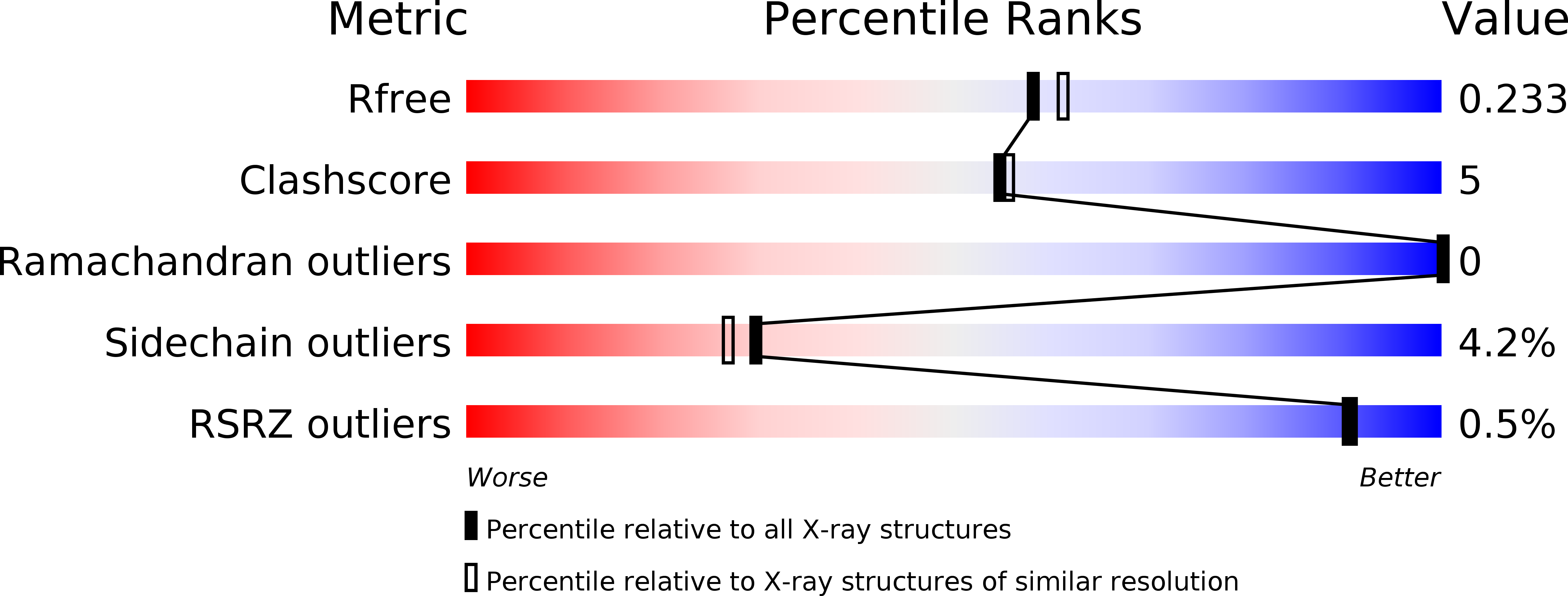
Deposition Date
2007-07-10
Release Date
2007-09-04
Last Version Date
2024-10-23
Entry Detail
PDB ID:
2V5W
Keywords:
Title:
Crystal structure of HDAC8-substrate complex
Biological Source:
Source Organism:
HOMO SAPIENS (Taxon ID: 9606)
SYNTHETIC CONSTRUCT (Taxon ID: 32630)
SYNTHETIC CONSTRUCT (Taxon ID: 32630)
Host Organism:
Method Details:
Experimental Method:
Resolution:
2.00 Å
R-Value Free:
0.23
R-Value Work:
0.17
R-Value Observed:
0.17
Space Group:
P 1 21 1


